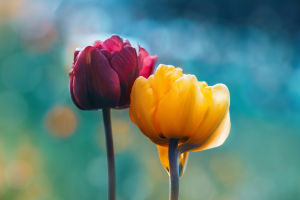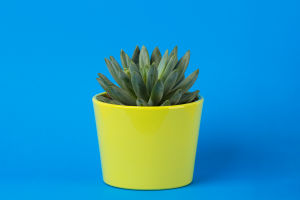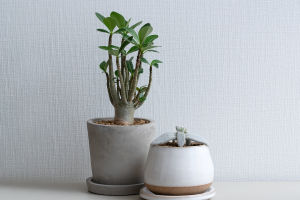Mushroom Growing Guide
As we dive into the fascinating world of mushroom cultivation, we can’t help but think about how rewarding it is to grow our own food.
Lykkers, have you ever thought about the satisfaction of nurturing your very own mushrooms? Together, we’ll explore how to plant seeds while maintaining the perfect balance of temperature, moisture, and fresh air for healthy mushroom growth.
The Basics of Mushroom Cultivation
Mushrooms are unique organisms that require specific conditions to thrive. Unlike traditional plants, they do not photosynthesize; instead, they obtain nutrients from organic matter. Understanding the ideal conditions for growing mushrooms is crucial to ensure a successful harvest.
Choosing the Right Type of Mushroom
Before we get started with the planting process, it's essential to select the type of mushroom we want to grow. Popular choices include button mushrooms, shiitake, and oyster mushrooms. Each variety has its unique requirements regarding temperature, moisture, and substrate.
Preparing the Growing Environment
To create an ideal growing environment, we need to focus on three critical factors: temperature, moisture, and fresh air.
Temperature: Most mushrooms prefer a temperature range of 60°F to 75°F (15°C to 24°C). We can maintain this temperature by keeping our growing area in a controlled environment, away from drafts and direct sunlight.
Moisture: Mushrooms thrive in moist conditions. The substrate we use should be damp but not soaking wet. To maintain optimal moisture levels, we can mist the growing area regularly and cover it with a plastic sheet to retain humidity.
Fresh Air: Mushrooms require fresh air to grow healthily. To ensure proper air circulation, we should avoid overcrowding our mushroom growing area. A simple fan can help circulate air without creating strong drafts that might dry out the substrate.
Planting the Seeds
Now that we have set the stage, it's time to plant the seeds (or spawn). Here’s a step-by-step guide:
Prepare the Substrate: Use materials like straw, wood chips, or sawdust. Sterilize the substrate to eliminate any competing fungi or bacteria.
Inoculate the Substrate: Once the substrate has cooled, we can mix in the mushroom spawn. Ensure even distribution to allow the mycelium to colonize the substrate effectively.
Incubation: Place the inoculated substrate in a dark, humid area to encourage growth. During this phase, we should monitor temperature and moisture levels closely.
Fruiting Conditions: After a few weeks, when the substrate is fully colonized, we can expose it to light and fresh air to initiate fruiting.
The 7 Basic Steps Of Mushroom Cultivation (How Most Mushrooms Are Grown)
Video by FreshCap Mushrooms
Harvesting Your Mushrooms
After a couple of weeks of fruiting conditions, we will see our mushrooms start to sprout. When they reach a suitable size, it's time to harvest! Gently twist and pull the mushrooms from the substrate to avoid damaging the mycelium, which allows for future crops.
Cultivating mushrooms can be a fun and rewarding experience. By maintaining the right temperature, moisture, and fresh air conditions, we can enjoy the fruits of our labor and add delicious, fresh mushrooms to our meals. So, Lykkers, are you ready to embark on this exciting journey of mushroom cultivation? Let’s get our hands dirty and enjoy the magic of growing together!


